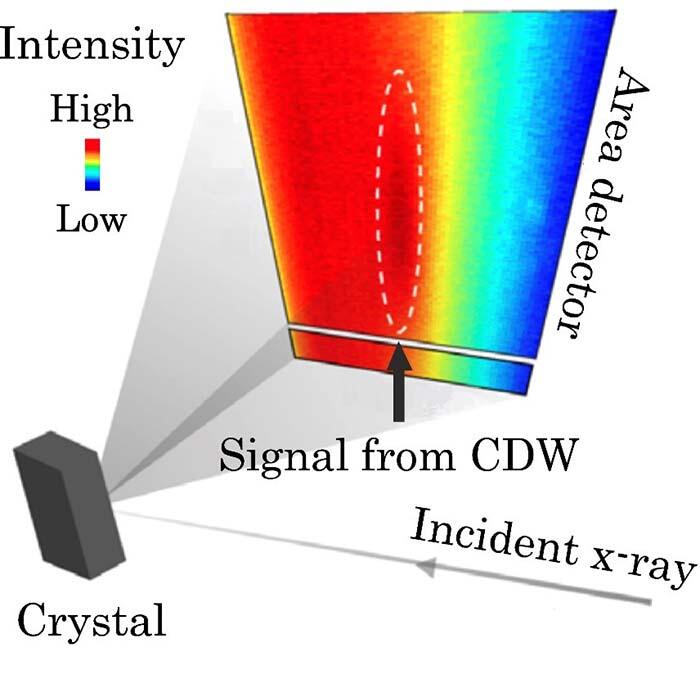An international research team including Professor Masaki Fujita, Assistant Professor Yoichi Ikeda, and Assistant Professor Takanori Taniguchi of the Quantum Beam Materials Group of the Tohoku University Institute for Materials Research, alongside researchers at the Stanford Linear Accelerator Center (SLAC), have experimentally confirmed that superconducting electron pairs in layered copper oxide form a special spatially modulated state near the superconducting transition temperature. This result is expected to help clarify the cause of the high superconducting transition temperature in layered copper oxides, which has long puzzled researchers.
Regarding the origin of the high-temperature superconductivity of copper oxide, the "pair density wave" state in which the amplitude of superconducting electron pairs is spatially modulated has been the subject of considerable attention. To investigate the characteristics of this state, the research team conducted high-intensity resonant soft X-ray scattering using a single crystal of lanthanide copper oxide (LSCFO).

Credit: Tohoku University
The results clarified the existence of a pair density wave state that stems from a striped charge density wave state, which is a state in which the amplitude of superconducting electron pairs is spatially modulated. In addition, the use of Fe substitution to control the equilibrium between the charge order and the superconductivity in the LSCFO crystal revealed, for the first time, that the development of the correlation length of the charge density wave state is an important factor for the formation of the pair density wave state. Specifically, the pair density wave state emerges gradually as the charge density wave forms, appearing at a temperature of approximately 32 K, where the correlation length of the charge density wave is approximately eight times greater than the lattice spacing in the copper oxide layer. Consequently, the results provide new insights into the relationship between the pair density wave state and the charge density wave state, indicating that the charge degree of freedom is related to the cause of the high superconducting transition temperature. Professor Fujita said, "Until now, observing the pair density wave state has proven extremely challenging. However, by applying this result to various superconductors to show the universality of both density waves, we hope to clarify the electron pairs responsible for high-temperature superconductivity."
■ Pair density wave: A state in which the wave function (amplitude) of an electron pair, which is an order parameter in the superconducting state, has periodic intensities in real space.
■ Charge density wave: A state in which the charge density amplitude oscillates in real space.
This article has been translated by JST with permission from The Science News Ltd.(https://sci-news.co.jp/). Unauthorized reproduction of the article and photographs is prohibited.




